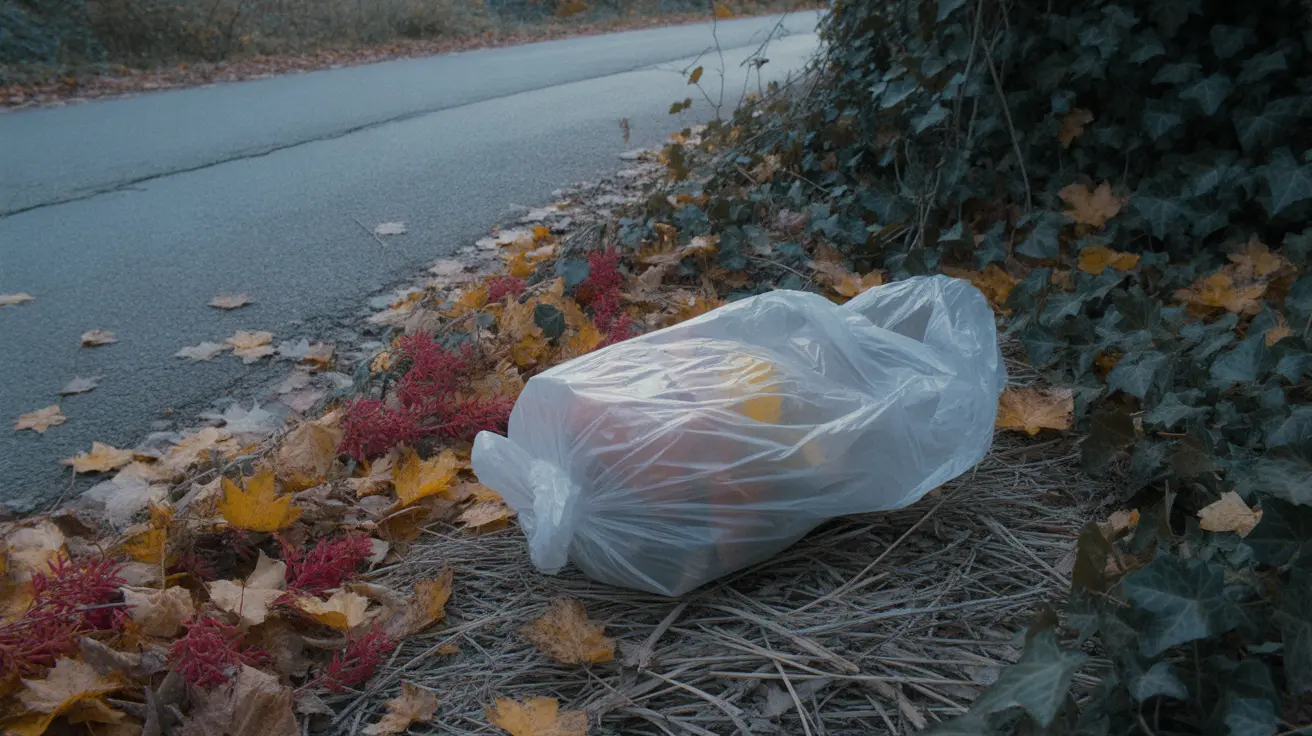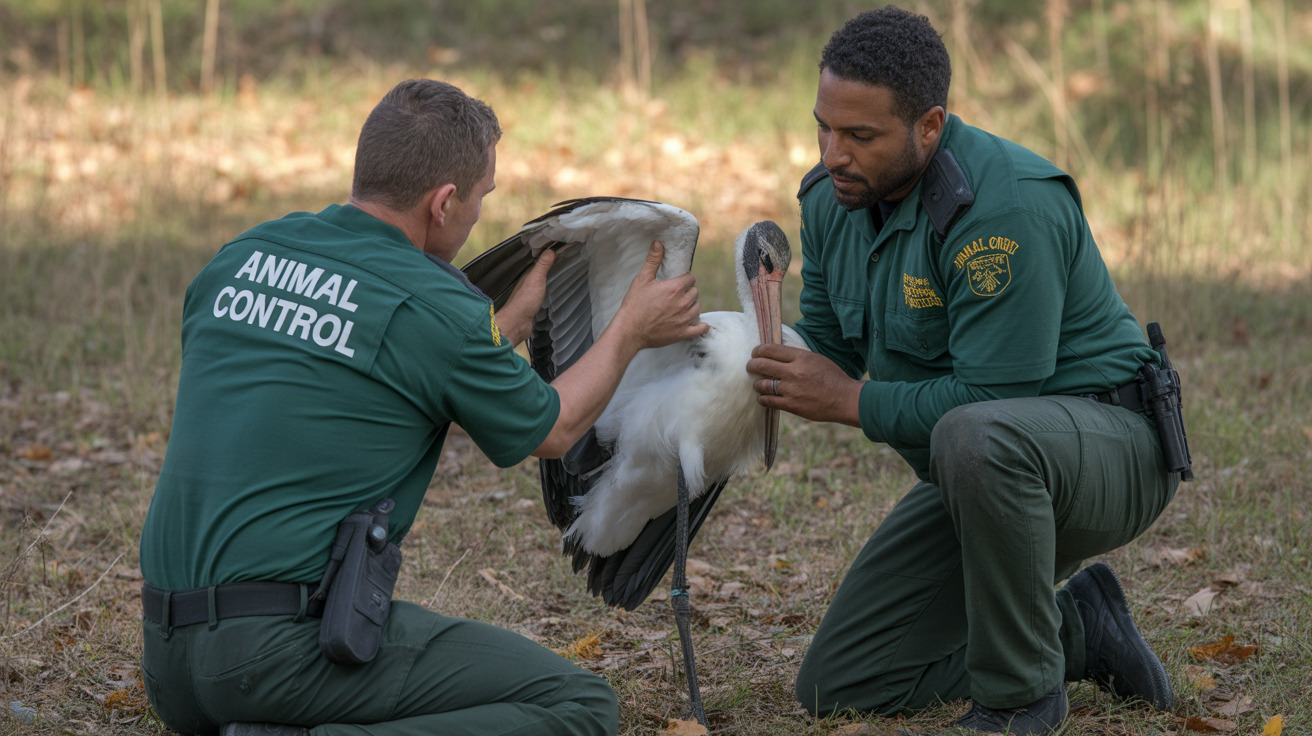Understanding If Dog Licks Are the Same as Kisses
Many dog owners affectionately interpret their pet's licking as a form of canine kissing. While this behavior may seem equivalent to a kiss, its meaning can be more complex. Dogs use licking for several reasons, ranging from affection to medical needs, and recognizing the context is key to understanding your pup's motivations.
Reasons Dogs Lick
- Affection and Bonding: Dogs often lick to show affection and strengthen social bonds. In canine packs, licking from a subordinate to a dominant member is common, and similar behaviors translate to their human families too.
- Self-Soothing or Comfort: Licking can be a mechanism dogs use to comfort themselves. Particularly in stressful or unfamiliar situations, licking may calm them by engaging a repetitive, familiar behavior.
- Attraction to Smells: Dogs have an incredible sense of smell and may lick people, blankets, or bed covers simply because they carry appealing or comforting scents, including sweat or residual food particles.
- Boredom or Habit: A dog with limited mental and physical stimulation may turn to licking as a way to fill the void. This can escalate from occasional to habitual behavior if their environment remains unstimulating.
- Medical Issues: Persistent licking might indicate a health concern like dental pain, gastrointestinal distress, skin irritation, or allergies. In older dogs, it could be linked to cognitive decline.
- Attention Seeking: If a dog realizes that licking prompts attention or interaction (even negative), they may repeat it as a learned behavior to engage their owner.
Are Licks Really Kisses?
While dog licks may be affectionate, they aren't always direct equivalents to human kisses. Dogs primarily communicate through body language and scents. When your dog licks your face or hands and appears relaxed, it's likely a friendly gesture. However, it could also be based on taste or smell, rather than a true intent to express love.
How to Tell the Difference
- Timing and Frequency: If your dog licks when you return home, the behavior likely connects to greetings and affection.
- Accompanying Behavior: If licking is paired with tail wagging, a soft gaze, or cuddling behavior, it likely indicates positive emotion.
- Anxiety Indicators: If your dog is licking obsessively, especially in your absence or during loud events, it may be a response to stress or anxiety.
- Body Positioning: Observing whether your dog’s body language is relaxed or tense can give clues. A relaxed posture suggests comfort and affection, while rigidity might imply stress.
When to Be Concerned
Excessive or compulsive licking, particularly if directed at inanimate objects like blankets or bed covers, might signal a deeper issue. Owners should watch for symptoms such as vomiting, loss of appetite, drooling, or restlessness. In these cases, consulting a veterinarian is highly recommended.
How to Respond to Dog Licking
- Encourage Alternative Behaviors: Redirect your dog’s attention to a toy or treat when licking becomes excessive or occurs during inappropriate times.
- Ensure Stimulation: Dogs need mental and physical activities. Daily walks, games, and puzzle toys can reduce behaviors from boredom.
- Maintain Cleanliness: Remove lingering scents from blankets, clothing, or bedding that might tempt your dog to lick unnecessarily.
- Reinforce Calm Behavior: Reward your dog when they exhibit calm, non-licking behaviors, especially during interactions.
- Check for Medical Issues: If licking is new or intense, seek veterinary advice to rule out health causes.
Conclusion
Licking is a natural behavior for dogs with various emotional, sensory, and medical origins. While it's often a friendly gesture, equating it strictly to a kiss oversimplifies its purpose. Assessing context, frequency, and accompanying behaviors helps determine whether your dog is showing love or expressing other needs.





